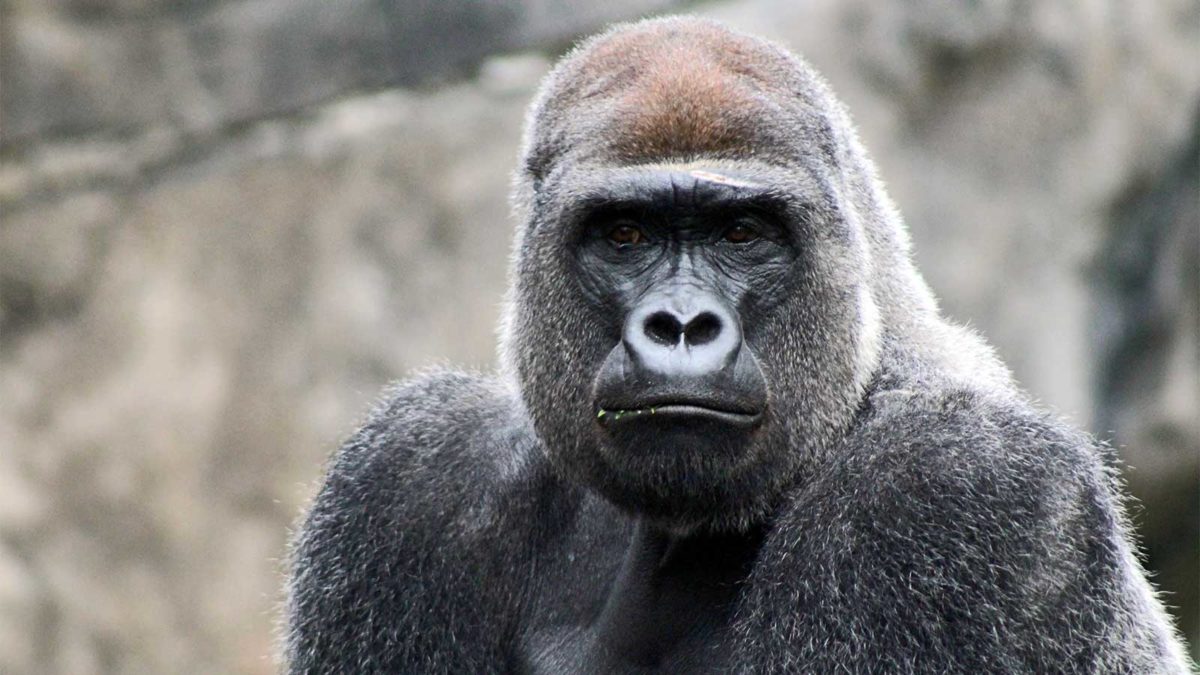Hunting gorillas on the ASX
Every now and then, you come across a company that dominates a market, sector or technology. Some investors call these companies ‘Gorillas,’ after a book written in the late 1990s.
The book is called The Gorilla Game: Picking Winners in High Technology. It was written in the late 90s and is effectively a guide to finding and investing in ‘Gorilla’ companies.
Funnily enough, Claude Walker — this week’s guest on the podcast — was the one who tipped it to me.
Long-standing Rask readers may be familiar with Gorilla stock investing. Put simply, a Gorilla is a company that dominates an industry from hyper-growth to maturity.
Microsoft (NASDAQ: MFST), with its Windows operating system, web browser, Office products and servers, is an example of a Gorilla stock during the personal computing (PC) boom.
We’ve all heard the stories. Investing $5,000 or $10,000 into just one of Microsoft, Netflix or Amazon would have changed your life. This is why all investors should consider being on the lookout for Gorillas.

| The chart above is our take on the ideas put forward in this brilliant book. How to hunt gorillas There are a few key traits of companies, the authors write, which make for a Gorilla. Not a monkey. Not a chimp. A Gorilla. One of the most important traits is identifying an industry capable of generating hyper-growth. That is, an industry uprooting the standard way of doing things and growing double-digits (or faster) year-over-year. Think of Windows versus DOS operating systems during the PC boom. Another crucial but perhaps surprising point is that you should think twice before buying a Gorilla too early in its growth story. The reason we should avoid buying shares early in the Gorilla’s journey is simple – there’s too much risk we’ll pick the wrong company. For example, imagine if you bought Dell or Toshiba instead of Apple or Microsoft. One more point is that the company should be the leader in its important industry. This can be hard to figure out in the beginning. So you could cast a wider net and buy shares in a few different companies in the industry you’re looking at. Then, as the story develops, you can sell the imitators’ stock and buy more of the Gorilla that’s emerging over time. The final point is by far the most important when it comes to identifying a Gorilla company. The Gorilla must be developing and setting the standards for the industry. Anyone who’s studied technology can tell you that if you’re the one who owns the underlying standards or architecture — you own the industry. For example, what makes an Apple iPhone an Apple iPhone is the iOS operating system and its security, design and – if it chooses – interoperability with other services like apps, payments and networking. Translation: Apple controls the architecture powering over one billion iPhones, Macs, iPads and more. Crucially, as the company grows to control the industry, standardisation offers the Gorilla a strong and enduring competitive advantage. This enables the company to lower costs because it can force suppliers of other services or inputs to take a lower price to stay with the standard. The Gorilla can also drive up prices for customers because it controls the sticky software. For example, you’ve probably seen the price of a new iPhone. Every year it goes higher and higher, yet consumers (like me) pay for a new device. Moreover, app developers are forced to pay more than 20% to Apple just to access the App Store ecosystem. So, what’s the catch? Even if you can find one of these companies, the result of all of this domination is the Gorilla company’s shares demand a steep valuation premium to non-Gorilla companies. However, the Gorilla can grow for many years sustainably, and then reward shareholders time and again with greater value capture and share of a market. You can see this in the chart above. As a company grows and its market value rises, it becomes less risky (because it dominates), so shareholders get higher returns. Then, if management executes at scale, it can keep on winning due to its market power. This is why Apple can charge $19 for a cloth to polish your phone’s screen. $19! The Gorillas As you go about your investing, it’s worth keeping in the back of your mind the important traits that define a Gorilla, in the hope that you can find one, too. I believe buying and holding just one Gorilla stock in your portfolio could change your financial life. I know of a few ASX companies that come close to meeting the criteria for a Gorilla. However, that information is reserved for our Rask Invest and Rask Rockets members. Information warning: The information in this article was published by The Rask Group Pty Ltd (ABN: 36 622 810 995) is limited to factual information or (at most) general financial advice only. That means, the information and advice does not take into account your objectives, financial situation or needs. It is not specific to you, your needs, goals or objectives. Because of that, you should consider if the advice is appropriate to you and your needs, before acting on the information. If you don’t know what your needs are, you should consult a trusted and licensed financial adviser who can provide you with personal financial product advice. In addition, you should obtain and read the product disclosure statement (PDS) before making a decision to acquire a financial product. Please read our Terms and Conditions and Financial Services Guide before using this website. The Rask Group Pty Ltd is a Corporate Authorised Representative (#1280930) of AFSL #383169. |










